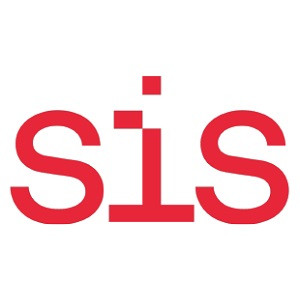This Technical Report has been prepared in response to -- increasing concern over the potential health risks associated with occupational exposure to nanometre-diameter and nanometre-structured aerosol particles (collectively referred to as nanoaerosols, including the subset of particles produced as a by-product of industrial processes and generally referred to as ultrafine aerosols), -- the lack of current guidelines and standards applicable to minimizing the health risks, and -- the need to establish valid sampling methodologies as part of the process of formulating appropriate exposure and exposure monitoring standards. The principle aim is to provide the necessary background information and sampling guidelines to enable occupational hygienists and researchers to effectively characterize and monitor nanoaerosol exposures in the workplace in advance of specific exposure limits and standards being developed and implemented. Occupational nanoaerosols represent a class of airborne material dominated by particles smaller than typically 100 nm in diameter (either as discrete particles or as agglomerates). This Technical Report contains guidelines on characterizing occupational nanoaerosol exposures and represents the current state-of-the-art, with an emphasis on nanometre-diameter particles. Background information is provided on the mechanisms of nanoaerosol formation and transportation within an occupational setting and on industrial processes associated with nanoaerosol exposure. Exposure metrics appropriate to nanoaerosols are discussed, and specific methods of characterizing exposures with reference to these metrics are covered. Specific information is provided on methods for bulk aerosol characterization and single particle analysis.



